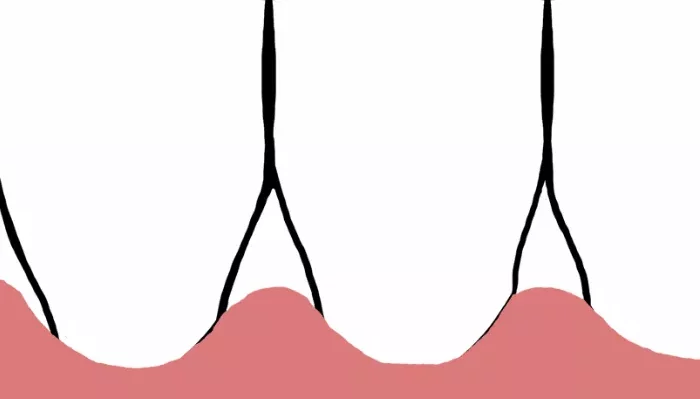Wisdom tooth extraction is a common dental procedure that many people undergo, especially during their late teens or early twenties. While the extraction itself is a routine surgery, one of the primary concerns for patients is the pain that may follow the procedure. Understanding the duration of pain after wisdom tooth extraction can help patients prepare mentally and physically for their recovery. In this article, we will explore the factors influencing pain duration, typical timelines, and effective pain management strategies.
Understanding Wisdom Teeth And Their Extraction
Wisdom teeth, or third molars, usually emerge between the ages of 17 and 25. They often do not have enough space to grow properly, leading to impaction, which can cause pain, swelling, and infection. When wisdom teeth become problematic, dental professionals recommend extraction.
The extraction procedure typically involves:
Anesthesia: Patients receive local or general anesthesia to ensure comfort during the surgery.
Surgical Procedure: The dentist or oral surgeon removes the tooth, which may require cutting through gum tissue or bone if the tooth is impacted.
Recovery Plan: After the extraction, the dental team provides instructions for post-operative care.
Factors Influencing Pain Duration
Several factors can influence how long pain lasts after wisdom tooth extraction:
Type of Extraction: Simple extractions (where the tooth is visible and easily accessible) usually result in less pain compared to surgical extractions (where the tooth is impacted).
Individual Pain Tolerance: Each person’s pain threshold is different, affecting how they perceive pain.
Post-operative Care: Following the dentist’s aftercare instructions can significantly impact recovery and pain duration.
Complications: In some cases, complications like dry socket or infection can prolong pain.
Typical Duration of Pain
Immediate Post-Operative Pain
First 24 Hours: After the extraction, patients may experience the most intense pain within the first 24 hours. This pain is often a result of swelling and the body’s initial inflammatory response to the surgery.
Days 2 to 3
Day 2: Pain typically peaks between 24 to 72 hours after surgery.
During this time, patients may experience throbbing pain and swelling.
This is a normal part of the healing process.
Day 3: Many patients notice a gradual decrease in pain by the third day. Pain levels may begin to diminish as swelling subsides, but some discomfort may still be present.
Days 4 to 7
Days 4 to 5: By the fourth and fifth days, most patients report significant relief. Pain should decrease considerably, though some tenderness may remain, especially at the extraction site.
Day 7: By the end of the first week, many patients find that any lingering discomfort is manageable and often resolves with over-the-counter pain relief.
Beyond One Week
Days 7 to 14: While most pain should be resolved within the first week, some patients may experience mild discomfort for up to two weeks.
This is especially true if the extraction was complex.
Beyond Two Weeks: If pain persists beyond two weeks, it may indicate a complication, such as dry socket, infection, or improper healing.
Patients experiencing prolonged pain should contact their dentist.
Pain Management Strategies
Managing pain effectively can significantly improve recovery experiences. Here are some common strategies:
Medications:
Over-the-counter pain relievers, such as ibuprofen or acetaminophen, can help reduce pain and inflammation.
Prescription medications may be provided for more severe pain.
Ice Packs:
Applying ice packs to the outside of the cheek for the first 24 hours can help minimize swelling and numb the area, reducing pain.
Rest:
Adequate rest is crucial in the recovery process. Patients should avoid strenuous activities that can increase swelling or pain.
Soft Diet:
Eating soft foods can help prevent irritation of the extraction site.
Foods like yogurt, applesauce, and smoothies are gentle on the mouth.
Avoiding Straws:
Using straws can create suction, which may dislodge the blood clot and lead to dry socket, causing increased pain.
Follow-Up Care:
Attending follow-up appointments allows the dentist to monitor healing and address any complications that may arise.
Conclusion
Wisdom tooth removal is a common oral surgery that can help with pain and discomfort caused by wisdom teeth. After surgery, patients may experience some pain and discomfort, including pain after wisdom tooth removal. The duration of the pain of wisdom tooth removal varies from person to person, but it usually lasts 3-7 days. In order to relieve the pain after wisdom tooth removal, methods such as ice, avoiding smoking and drinking alcohol, avoiding hard breathing, avoiding eating hard foods and using painkillers can be used. If the pain and discomfort persists for more than 7 days or becomes more severe, consult your dentist promptly. At the same time, patients should also pay attention to complications after wisdom tooth removal, such as infection, bleeding, dry mouth and nerve damage.
Related topics:

